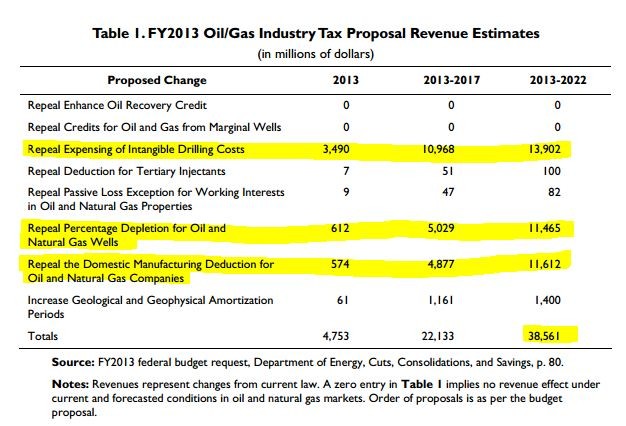Top 5 Tax Writeoffs for Investors
Post on: 12 Июнь, 2015 No Comment

Deduction tips investors can use when filing their taxes in 2008
Tax season is slowly drawing nearer, and investors would be wise to begin considering which federal tax deductions will be the most beneficial for them when the time comes to fill out those returns. NuWire compiled a list of tax deductions specifically tailored for investors to help begin the process.
Here are our top tax write-offs for 2008:
1. Miscellaneous itemized deductions for investors.
As long as these expenses were incurred while pursuing investment activities for the purpose of gaining profit, investment-related expenses are deductible. Investment-like activities that are pursued for hobby purposes, however, would not have deductible expenses.
If Im raising horses as a hobby, and not an investment to make a profit, then my expenses would not be deductible, Bill Elliott, managing international tax partner at Mahoney Cohen & Co. in New York, said. If I have a profit motive, then generally. anything that would help me with regard to making these investment decisions. are all deductible.
All manner of expenses can be deducted as investment-related. Any of the tools that you use. can have deductions built into them, Greg Rosica, tax partner in Ernst & Youngs Personal Financial Services Practice and co-author of The Ernst & Young Tax Guide 2008. said.
Expenses for investment tools, including safe deposit boxes, can be deducted
That subscription to The Wall Street Journal. Write it off. Advisory fees? Write those off, too. How about the fees for that safe deposit box with all the stock certificates in it? Write them off. Its possible that investors could even go so far as to write off a phone line or a computer used solely for investment purposes, but something like that could be harder, according to Rosica.
You have to be careful because chances are youre not just using [a computer] for investment purposes, you are doing a lot of other things on it, Rosica said. You have to consult with your advisor as to whether that would be an appropriate deduction.
2. Qualified retirement plan
Contributions to a qualified individual retirement account (IRA) are deductible up to $4,000 per year per person, Elliott said. The amount in the IRA, including earnings, is not typically taxed until earnings are distributed, according to IRS Topic 451. This is an opportunity still available to investors: The deadline for IRA contributions is the due date of the return, not including extensions, according to the IRS.
Several types of plans exist which qualify for the tax advantages of a qualified retirement plana current deduction from income to the employer for contributions to the plan, tax-free buildup of plan investments and the deferral of income (augmented by investment earnings) to the employees until distribution of the funds, Ryan L. Losi, executive vice president and director of business development at Piascik & Associates, P.C. said in an e-mail statement.
Its also possible that investors may be able to make after-tax contributions to a 401(k) plan, which can be invested tax free, Losi said.
3. Rehabilitation tax credit
Costs an investor incurs when rehabilitating or reconstructing an older or historic building are deductible. Rehabilitation costs on a building originally constructed before 1936 are 10 percent deductible, while costs to rehabilitate or reconstruct a certified historic structure are 20 percent deductible, according to the IRS.
Passive activity limits. may apply if the taxpayer doesn’t materially participate in the activity or if the activity is a rental activity, Losi said.
For investors who own property in the Gulf Opportunity (GO) Zone. these percentages are increased in light of the damage caused by Hurricane Katrina and other storms in the area. Deductions for expenses incurred rehabilitating property constructed prior to 1936 or property certified as a historic structure in the GO Zone are increased to 13 percent and 26 percent, respectively, according to the IRS. These increases are in effect between Aug. 27, 2005 and Jan. 1, 2009.
4. Investment interest

Interest paid to brokers for borrowed funds is a possible deduction
Personal interestsuch as credit cards and car financingwas phased out as a tax deduction after 1986. However, in addition to still being able to deduct home mortgage interest, investors are also able to deduct investment interest. Investment interest is interest incurred in order to produce net investment income.
Most pay that interest in the form of marginthat is, interest paid to a broker for funds borrowed to invest, according to The Real Estate Journal. Previously, investment interest deductions were limited to $2,500 and the adjusted gross income had to be below $75,000 for married-filing-jointly returns, but these limits are gone, according to The Real Estate Journal. Now the limit is ones net investment income.
Most [investors] will have margin interest. Were in a very, very leveraged economy and investments get into the leverage pool, Elliott said.
5. Lower capital gains rates
The typical rates that we have are the 15 percent long-term capital gain rate and the 35 percent short-term capital gain rate, which I think is what most people are focused on, Rosica said. But there actually is a [capital gains] tax rate out there for 2007. at a 5 percent level, rather than 15 percent.
Capital gains rates were set at 20 percent for investors in the top four tax brackets and 10 percent for those in the lower tax brackets until, in 2003, lawmakers opted to lower each of these percentages by 5 percent, according to BankRate.com. Investors in the 10 and 15 percent tax brackets now pay 5 percent on capital gains, while higher-income investors pay the 15 percent rate, Rosica said. These rates are set to last until 2010.
Investors in the 10 or 15 percent tax bracketsbelow $31,850 of taxable income for 2007need to be aware that they qualify for a significantly lower capital gains rate, as it could have a substantial impact on their tax obligation.
In fact, investors in these tax brackets will get an even heftier tax reprieve next year. In 2008, lower-income investors will not need to pay any tax at all on the sale of long-term holdings, according to BankRate.com.














